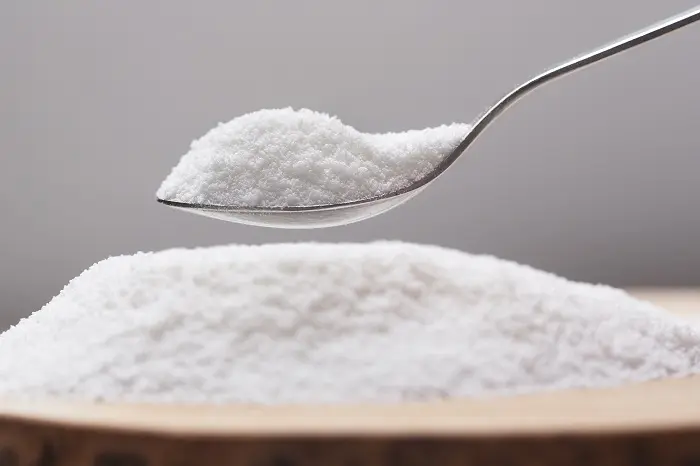Sodium Cyclamate: Discovery, Uses, and Safety
What is Sodium Cyclamate?
Sodium cyclamate (chemical formula: C₆H₁₂NNaO₃S) is the sodium salt of cyclamic acid, is an artificial non-caloric sweetener. People have used it for many years as a sugar substitute in food and drinks. It is 30 to 50 times sweeter than table sugar. This makes it a good choice for cutting calories. However, its safety has been a topic of debate, leading to regulatory restrictions in some countries. This article explores the discovery of sodium cyclamate, its uses, safety concerns, and current status in the food industry.
Sodium cyclamate is unlike sugar, it does not cause tooth decay. It also does not greatly affect blood sugar levels. This makes it helpful for diabetics and people watching their weight.
Manufacturers often blend cyclamate with other artificial sweeteners, such as saccharin, to improve taste and reduce bitterness. It is heat-stable, so it is good for cooking and baking. This is different from some other sweeteners that break down at high temperatures.

How Was Sodium Cyclamate Discovered?
The discovery of sodium cyclamate was accidental, much like many other artificial sweeteners. In 1937, a graduate student named Michael Sveda studied at the University of Illinois. He was working on making antipyretic drugs, which reduce fever.
While smoking a cigarette in the lab, he noticed an unexpectedly sweet taste on his fingers. Upon investigating, he realized that the sweetness came from cyclamic acid, a compound he had been handling.
This lucky discovery led to more research. By the 1950s, companies made and sold sodium cyclamate as a sugar substitute. It gained widespread popularity in the 1960s, particularly in diet sodas and low-calorie foods.
What is Sodium Cyclamate Used For?
Sodium cyclamate has been used in a variety of food and beverage products, including:
Diet sodas and soft drinks – Often combined with saccharin to enhance sweetness.
Sugar-free desserts – Used in puddings, gelatin, and ice creams.
Bakers use it in cakes and cookies due to its heat stability.
Pharmaceutical products – Added to medicines to improve taste without adding sugar.
Tabletop sweeteners – Sold in powder or tablet form for coffee and tea.
Its ability to add sweetness without calories made it popular in the mid-20th century. This was especially true for products aimed at diabetics and dieters.

Is Sodium Cyclamate Safe?
The safety of sodium cyclamate has been controversial since the late 1960s. In 1969, studies conducted on rats suggested that high doses of cyclamate could lead to bladder cancer. As a result, the U.S. Food and Drug Administration (FDA) banned its use in 1970, and several other countries followed suit.
However, subsequent research has questioned these findings. The first studies used very high doses, much more than people would usually take. Later reviews by the World Health Organization (WHO) and the European Food Safety Authority (EFSA) looked into cyclamate. They found no clear evidence that cyclamate causes cancer in humans.
Current Regulatory Status
United States: Still banned by the FDA, though petitions for re-evaluation have been submitted.
European Union: Approved with restrictions (maximum allowed levels in foods).
Canada: Banned since the 1970s but under periodic review.
Other Countries (China, Australia, etc.): Approved for use within specified limits.
Many scientists argue that cyclamate is safe when consumed in moderation, and some countries continue to allow its use. However, because of lingering concerns, it remains restricted in the U.S. and Canada.
Conclusion
Sodium cyclamate is a historically significant artificial sweetener with a complex regulatory history. While it was once widely used, health concerns led to restrictions in several countries. Despite ongoing debates about its safety, it remains approved in many parts of the world under controlled conditions.
Future research may further clarify its risk profile, potentially influencing regulatory decisions. Right now, people in countries where it is allowed can use it as a sugar substitute. Meanwhile, those in restricted areas use other sweeteners like aspartame or sucralose.


